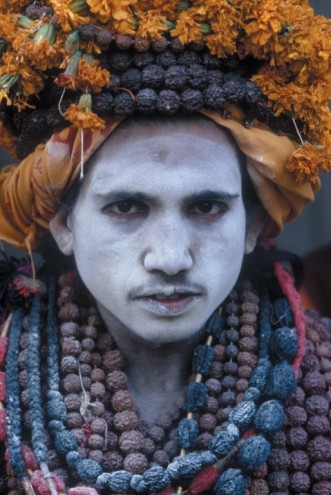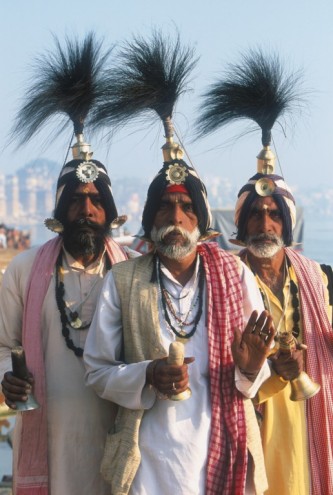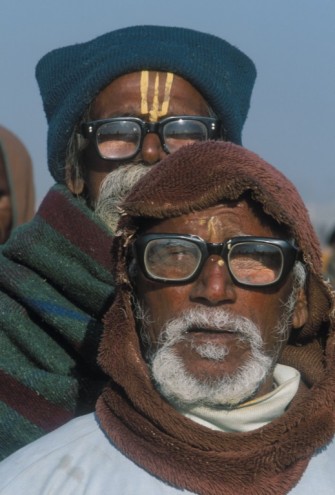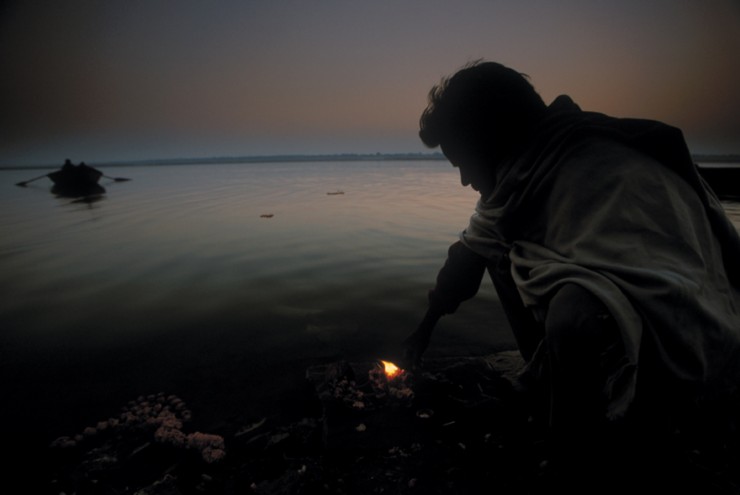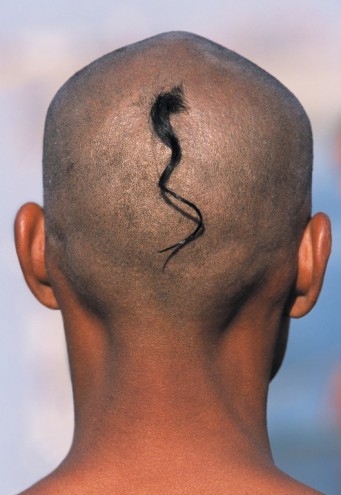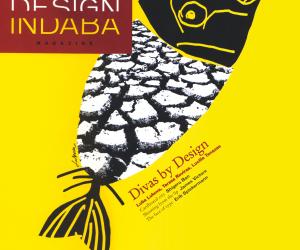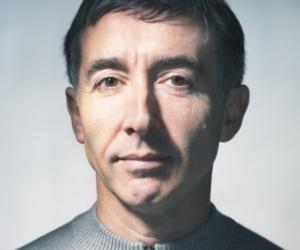First Published in
Matters of the spirit have preoccupied me lately. One spur for this has been reviewing some pictures that take me back a year. Back to the Khumb Mela, the Hindu festival that takes place every 12 years outside Allahabad, and was last year reputed to have drawn up to 75 million pilgrims (yes, 75,000,000). It was said to be the biggest gathering of people on the planet, ever.
I was fortunate enough to visit the festival in the company of leading wildlife and nature photographer, Art Wolfe. Even when Art photographs people, he imbues them with a rich environmental and animal quality - as was certainly the case with the remarkable series of photographs he obtained by following the naga sadhus, the naked holy men, who attend the religious festivals in pride of place.
As he took these photographs, the observations fell into two categories: the documentary and the conceptual. For me, this photographic essay provided an interesting way of defining the two categories of image making.
On the one hand, the 'truth' as observed unaltered: the documentary. Well, not entirely unaltered. You have to run around and choose the right angle; sometimes you have to encourage the action to happen as you know it can. (For example, by talking to the holy men and gaining their trust so that they will permit you to sit close and photograph their ceremonies.) And, of course, you have to choose your equipment and film. All this and more colour the 'truth' even as it is documented.
At the opposite pole, it seems, lies conceptual photography, where nothing is left to chance or to 'reality'. Instead, the entire composition is directed and executed to meet the vision of the photographer. The only 'truth' is to capture the key idea as powerfully as possible.
At Khumb Mela, Art worked at both poles, almost simultaneously. We moved among the millions and then followed the holy men to Varanasi to watch the successor ceremonies. At all times there was the concern not only to seek out 'the decisive moment' in what was happening around us, but also to capture the ideas of the place and the event in images. For this, the 'decisive' could be superseded by the constructed moment.
This is unusual; photographers usually understand either one mode of working or the other. Often, the documentarist shuns the constructed world of the conceptual, while the conceptualist (read advertising or art photographer) rejects the restricted view of the photography world and its opportunities as limited in documentary.
So it was a revelation to me to be involved in working on location at great speed, capturing one moment, and then shaping the next. The documentary results will be published in a future book of Art's, a successor volume to last year's international award-winner, The Living Wild. Others will be available for licensing in a book that we are currently working on at Getty Images, which is based around matters of the Spirit.
Yes, I would like to have said that my mind was dwelling on matters of the Spirit and that this predisposition is because I am naturally filled with good and elevated thought. But, actually, no. There is a more matter- of-fact, even mercenary, dimension to it. Spirit is in fashion; it is highly commercial at the moment. And as a result, it has fallen to me to have to think about it as a rich territory of communication.
For 'Spirit' is an idea, or ideas. It is an array of experiences, too. Right now, thanks to perhaps a period of greater pluralism, and greater doubt, than ever before, we are both open to fresh documentary evidence and to fresh conceptual exploration. We see our curiosity played back in our news, in our advertising, in our entertainment.
The spirit of the age is, in part, Spirit. We are in a time of self-reflection.
Enjoy the Khumb Mela pictures - and see if you can spot which are the documentary, which are the conceptual.
One answer, of course, is that they are all both. Another is that there is no such thing as Spirit or Documentary. But in that way madness lies. Or at least a level of inoperable uncertainty.
Lewis Blackwell heads creative direction at Getty Images, the world's leading visual content company, and is the former editor/publisher of the magazine Creative Review. He is also a noted author of several best selling design books, the most recent being Soon: brands of tomorrow.

